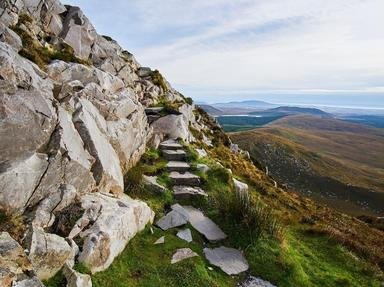Quiz Answer Key and Fun Facts
1. The ultimate expression of Irish folk singing is called sean-nos. Which of the following best represents sean-nos?
2. Sean O'Riada, a prime driver of traditional Irish music in the mid-20th century, was influential in bringing which traditional Celtic instrument to the fore?
3. Whilst Sean O'Riada had a big hand in revitalizing traditional Irish music in the mid-20th century, which group, formed by Paddy Moloney, Sean Potts and Michael Tubridy, were credited with taking it to international awareness?
4. The group Anuna bought Ireland's choral music to the fore when they became associated with which notable dance troupe?
5. In which field of music is the Irish composer Seoirse Bodley a significant artist?
6. Affectionately known as the "Girl From Donegal" which of the following singers has been described as "Ireland's First International Pop Star"?
7. Irish country music emerged from the showband scene.
8. One of the most successful purveyors of Celtic rock was which of the following bands, whose first hit was "Whiskey in the Jar" in 1972?
9. Which Irish group, led by the late Shane MacGowan, helped to popularize the Celtic punk genre of music?
10. Born Eithne Padraigin Ni Bhraonain, which Irish artist gained international acclaim for her fusion of New Age music sensibilities with traditional Celtic harmonies?
Source: Author
pollucci19
This quiz was reviewed by FunTrivia editor
agony before going online.
Any errors found in FunTrivia content are routinely corrected through our feedback system.
